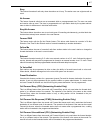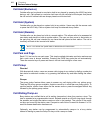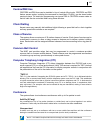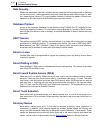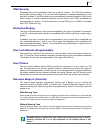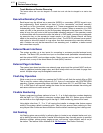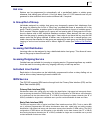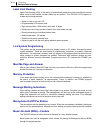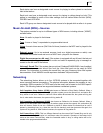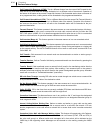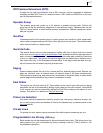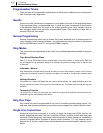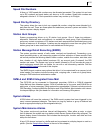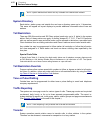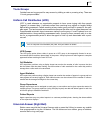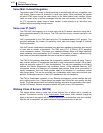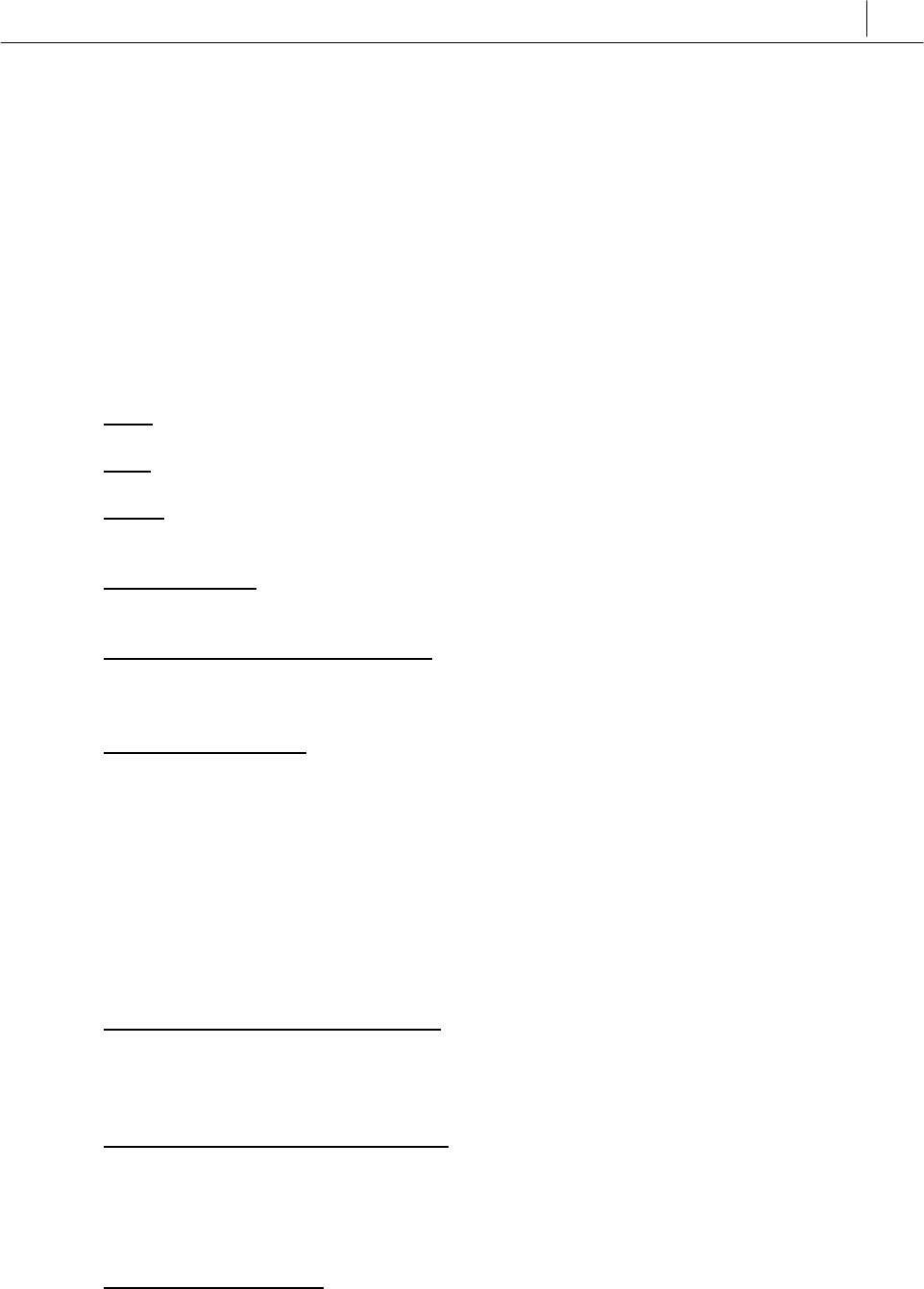
4-15
Each station can have a designated music source for playing to callers placed on exclusive
hold at that station.
Each trunk can have a designated music source for playing to callers placed on hold. This
setting is overridden by some of the other settings such as station Music-On-Hold (MOH),
DDI MOH and UCD MOH.
Each UCD group can have a designated music source to be played while a caller is in queue.
Music-On-Hold (MOH)—Sources
The system provides for up to six different types of MOH source, including silence (“NONE”),
as listed below:
None
: No audio is played to the listener
Tone
: A tone or “beep” is repeated at a programmable interval
Chime
: A music chime source (Old Folks At Home) located on the MCP card is played to the
listener.
External source
: Up to two external sources (such as a digital announcer or radio)—one
connected to the base board and one to a MISC card—played to the listener.
Digital Announcement on AA card
: If the system is equipped with an AA card, the last port
of this card can be flagged as an MOH source and used to repeatedly play a message re-
corded on the AA card to the listener.
Voicemail Sound File
: If the system has an optional Cadence/SVMi-8/SVMi-4 card installed,
up to 100 custom recorded sound files from the Voice Mail card can be used for MOH
sources. For information on creating the sound files, see your Samsung Voice Mail system
documentation. Each VMMOH source requires a dedicated VM port/channel.
Networking
The networking feature allows up to four iDCS100 systems to be connected together with
some important feature transparency. The physical connection between the systems is via a
proprietary ISDN connection (a TEPRI card must be used) and is based on the QSIG specifi-
cation. The following features are supported between networked systems.
Call Completion, Busy Station (CCBS) also known as Callback or Busy Station Callback. When a
station (A) in one system calls a station (B) in another system across the network link, and station B is
busy, station A can set a Callback to station B. When station B becomes idle, the system will ring sta-
tion A; when station A answers, the system will ring station B.
Call Completion, No Response (CCNR)
also known as Callback or No Answer Callback. When a
station (A) in one system calls a station (B) in another system across the network link, and station (B)
does not answer, station A can set a Callback to station B. When station B indicates that its user is
present by becoming busy (e.g. when the user lifts the handset), and then becomes idle again, the
system will ring station A; when station A answers, the system will ring station B.
Call Forward Busy (CFB)
. This is a different feature from the normal Call Forward Busy and is only
used when the forward destination is in a different node of the network. Operation of the feature is the
same as the normal Forward Busy: when the forwarded station is busy, a calling station will be for-
warded to the programmed destination.



